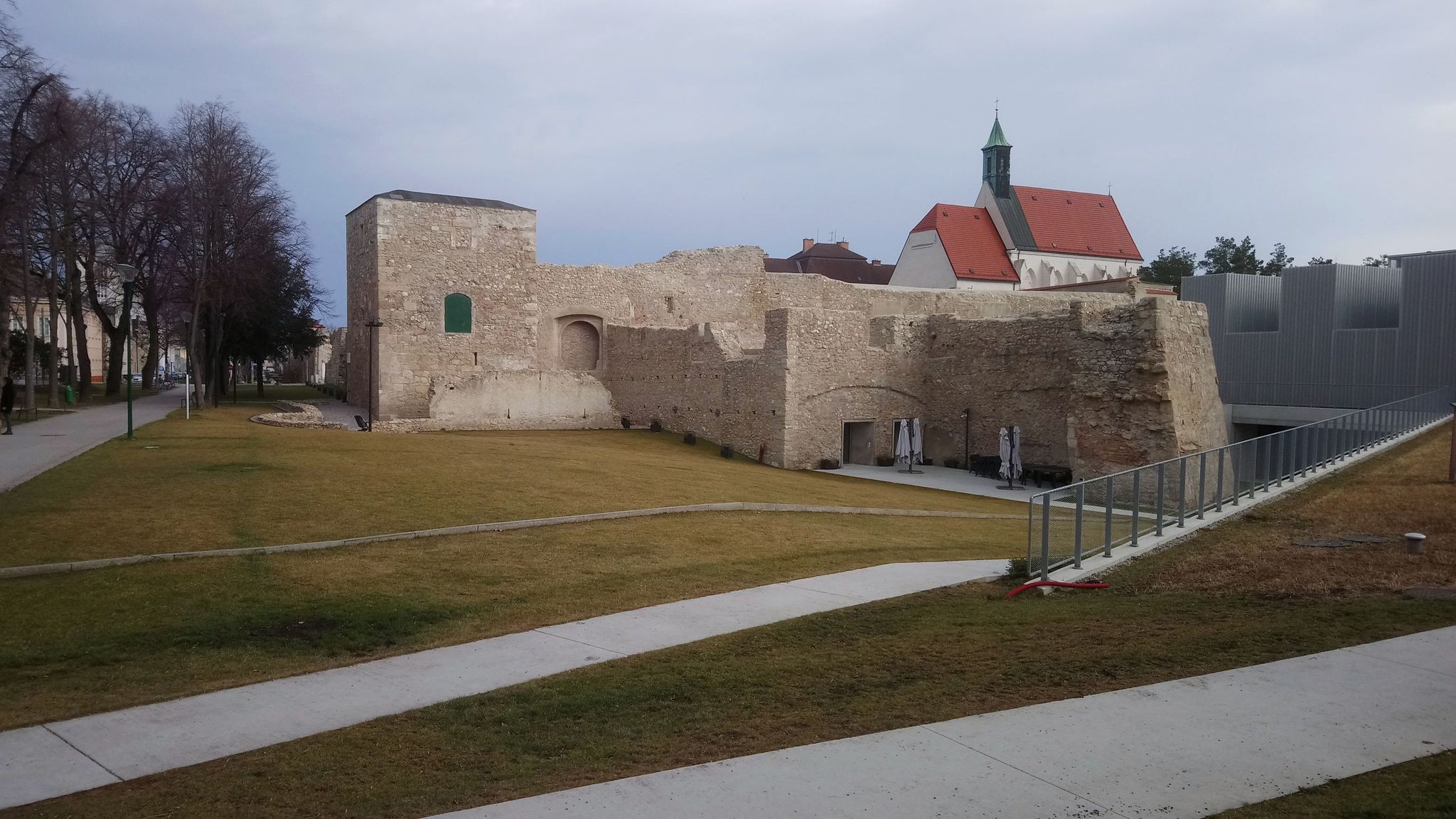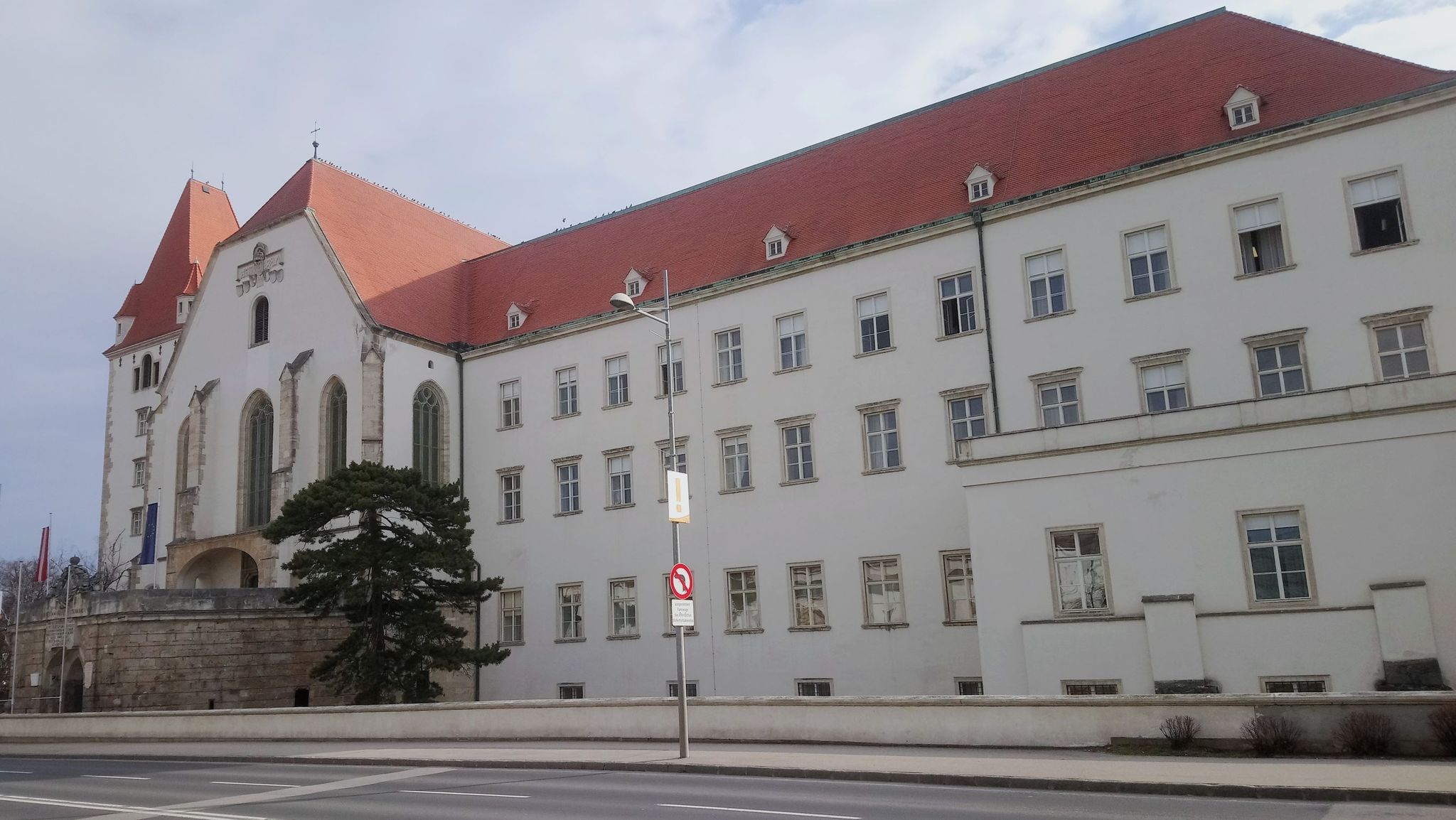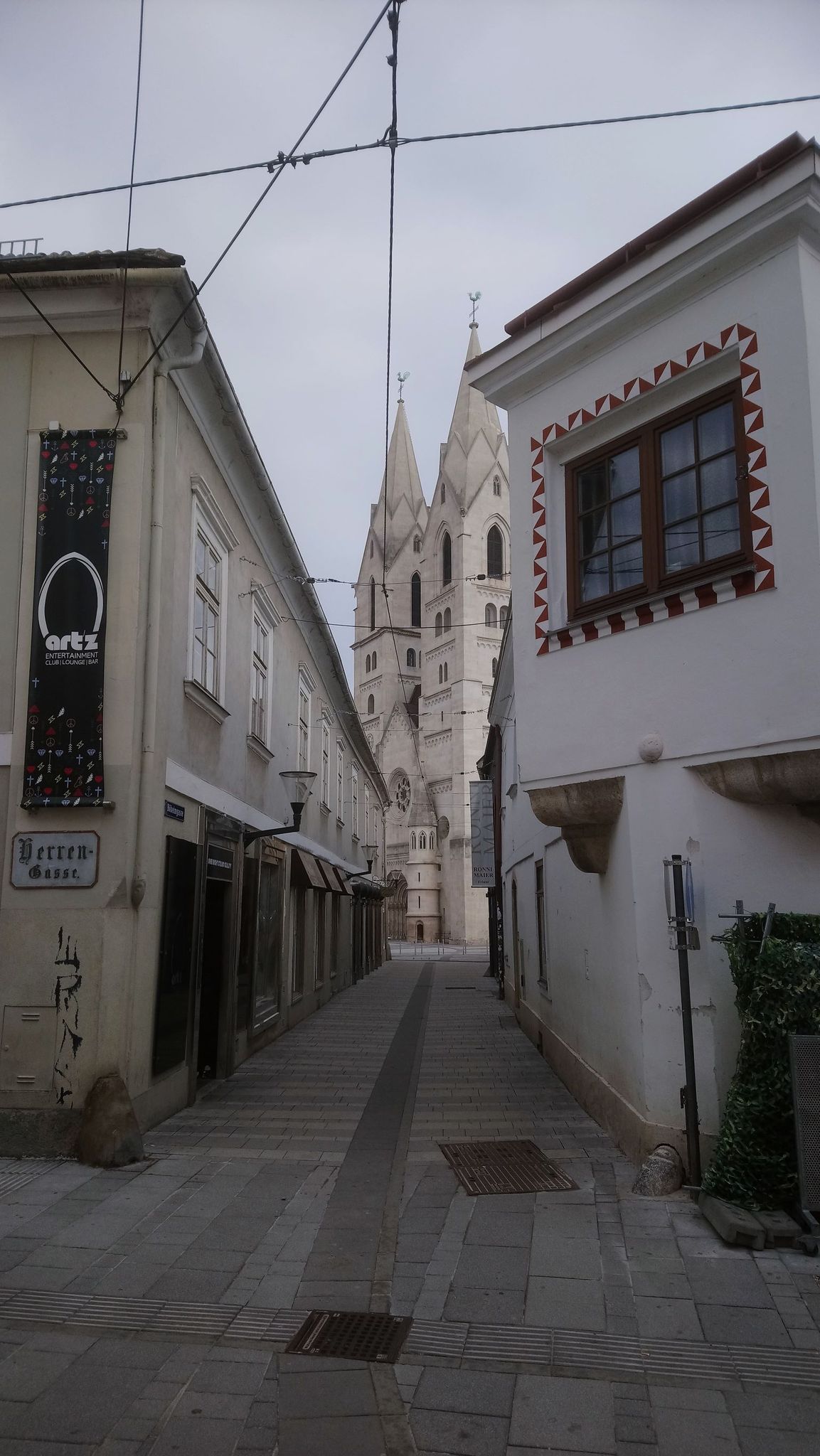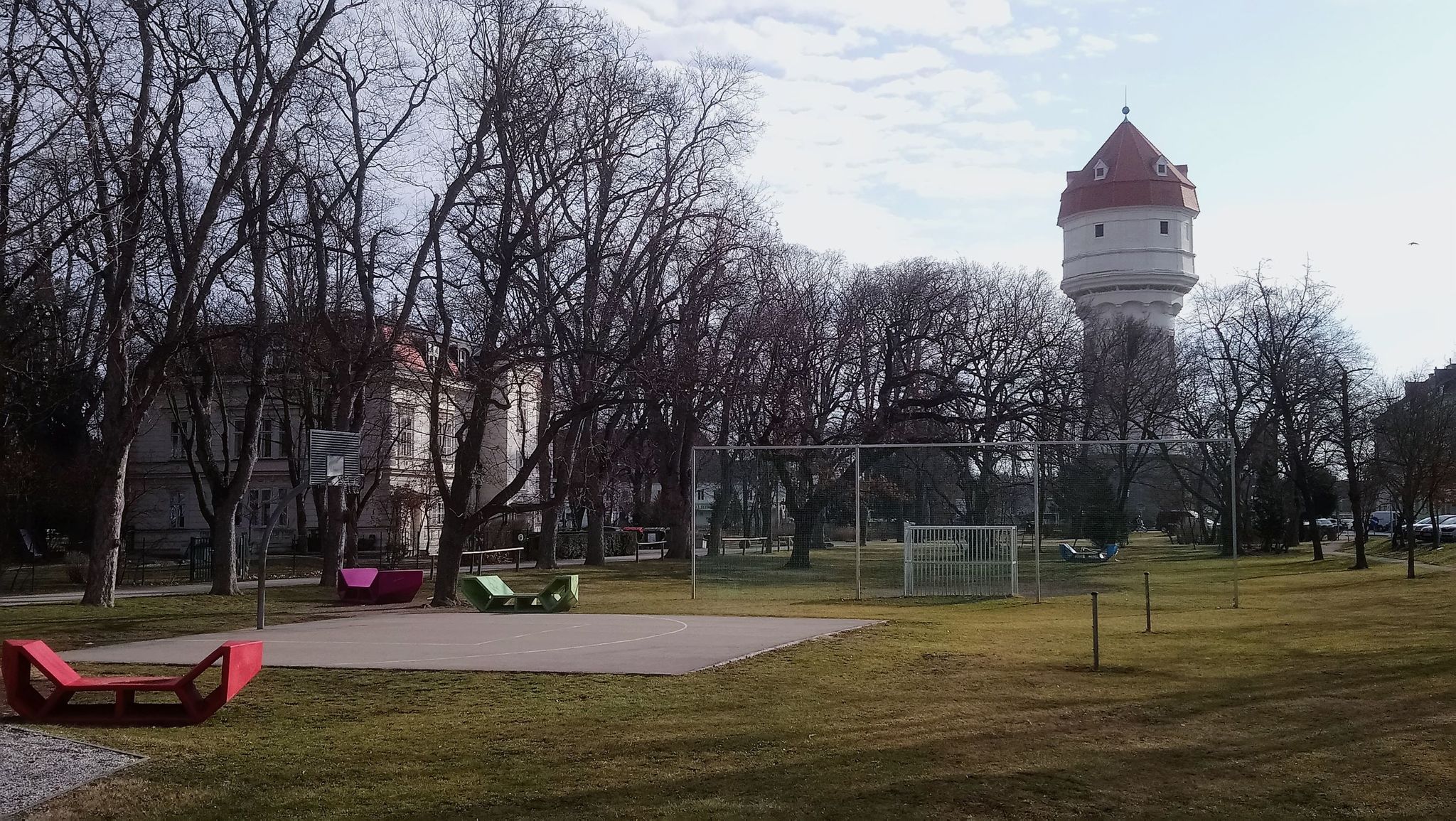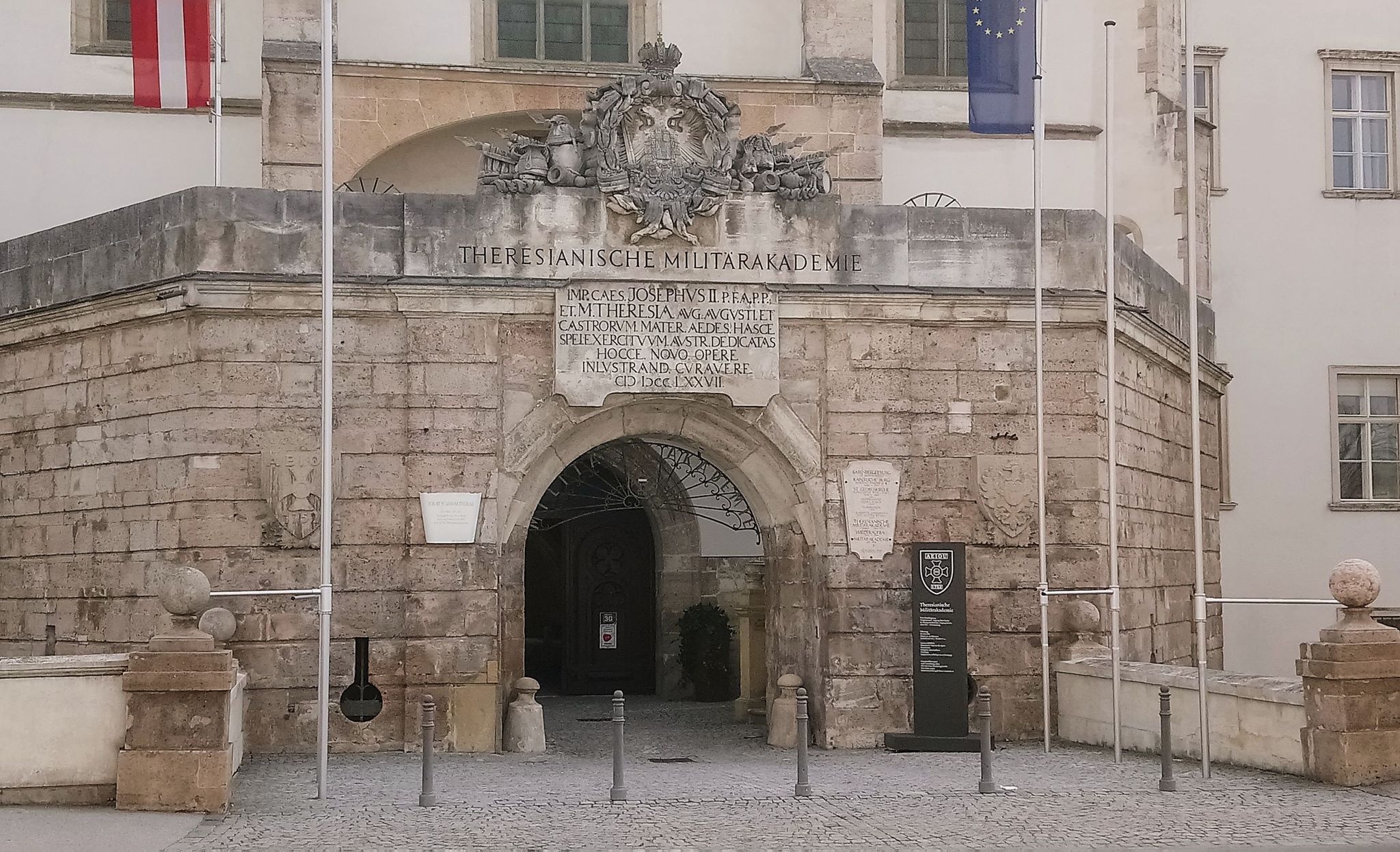What brought you to your corner of Austria?
By population, Wiener Neustadt is the second largest town in Lower Austria and the largest in the Industrieviertel (which basically runs south from Vienna). As a family of four, we ended up in Wiener Neustadt as a consequence of factors pushing us away from Luxembourg, as well as pull factors to this end of Austria. We wanted to live somewhere that was a) relatively close to a major international airport for work travel b) either English or German speaking (and not the UK!). Eastern Austria, with easy access to Vienna Airport in Schwechat, seemed a good option. Within eastern Austria, the criteria were a) not in Vienna b) not in a village and c) somewhere that provided good school and social opportunities for two young children. Wiener Neustadt ticked the boxes. Once we found a house, the decision was made.
What tradition or custom is typical for your corner of Austria?
Day to day, Wiener Neustadt may lack charm as a commuting town surrounded by commuting villages offering a smattering of cultural events that you would expect, but without any standout events. However, once a year there is a parade (Ausmusterung, ‘Tag der Leutnante’) to mark the graduation of a new cohort of young army officers from the military academy (think Sandhurst, but Austrian style). One of the main streets through town becomes a parade ground down which a large part of the Austrian army march and/or drive while the squandered taxes buzz overhead. For celebrity spotters, the Bundespräsident turns up, often accompanied by his dog Juli.
What would you recommend to a visitor who was visiting to see and do?
Looking for things to do or see in Wiener Neustadt mainly means turning to its past. The Leitha River, which runs to the east of the town, was once the border to the Hungarian lands: now it is part of the border to Burgenland. Being in what was once a border area, the town was established around a fortress, allegedly financed from the ransom paid for the release of Richard the Lionheart. The town grew in population size and in importance when Friedrich III established an imperial residence in the 15th century; his son, Maximilian I, is buried in Wiener Neustadt. Major events in the town’s history since then include: being besieged by Hungarians and later by the Osmanen (Turks); ceasing to be an imperial residence; gaining the world’s first military academy; suffering natural disasters including an earthquake, a major fire and a tornado; rising (and subsequently somewhat declining) as an industrial centre; suffering man-made damage through the most destructive (in percentage terms) bombing of any Austrian town during World War II, focused on the train and aircraft manufacturing industries.
The consequence of several of these influences is that, while there are interesting historical sites in Wiener Neustadt, some just indicate what used to be here and some buildings/structures are partial reconstructions. Much of the ordinary architecture of Wiener Neustadt can be described generously as ‘post war’. One surviving remnant of the manufacturing industry is a steam engine called Fanny, displayed close to where the largest locomotive factory was situated.
My 1-day ‘city trip’ to Wiener Neustadt would take in the following:
- St. Peter an der Speer — a former church that now hosts the town museum — if you want to learn some town history and get information on town tours;
- the cathedral which might be interesting if you have never seen a cathedral before; it used to be possible to climb up into one of the towers, but I am not sure if that is still the case;
- a few remnants of the town walls/gates/towers — do not expect anything like York or Chester, I emphasise remnants;
- the recently restored casemates, which were part of the town’s fortifications;
- the Burg (castle) which can be seen from the outside, including the military academy (guided visits were available during the 2019 Landesausstellung, but may no longer be possible) and the St George’s cathedral (which can be visited).
I could add the town’s water tower to the list as this is a symbol of the town. To me it looks like a rather ordinary piece of industrial architecture. It is next to the military academy, so wave and say hello as you pass it.
Outside of the centre of town is a mainly industrial area called the novaNormverbrauchsabgabe The Normverbrauchsabgabe (NoVA) is a one-off fuel consumption tax to be paid at your local tax office when importing a car previously on foreign number plates. city (formerly the civitas nova), the most recent expansion of the town.
What’s there to see or do outside the city?
- For flight enthusiasts, an aviation museum is part of Diamond aircraft (gets a mention as two of the, approximately, 9¾ Brits living in or around Wiener Neustadt work there).
- The Arena Nova is Wiener Neustadt’s centre for hosting fairs and events. The Covid-19 restrictions have put a break on its activities, but in ‘previously-normal’ times it hosted a large number and variety of national and international fairs as well as sporting and musical events. Currently it is used as a testing and vaccination centre. If you are building/renovating a house, getting married or are into horses, cats or dogs, in normal times this is a place to visit once a year.
- Since 2019, Wiener Neustadt’s football team plat at the Arena. As well as for the local team, it has been used for smaller international matches (not the for the senior men’s team). It has also been used as a concert venue, for example the Nova Rock Encore concert in 2021.
- Want to do some exercise yourself? The Aqua Nova is a relatively new swimming pool with a 25m competition pool as well as leisure pools and excellent sauna areas (one mixed and one women-only area).
My recommended physical activity? Get out of the town and into the nearby mountains and hills, such as Rax, Schneeberg, Hohe Wand or Rosaliengebirge. Several small skiing/boarding areas are also near enough for a day trip; do not miss the night sledging in Semmering.
What do my children think is the most important building/place in the town? The train station, for escaping ‘Neustadt’ in order to go to Vienna or Graz.
Where do you recommend to go to eat or to have a drink?
In simple terms, on or near the main square all year round. Wanting more than fast-food? There are several Italian (Fratelli d’Italia, Vabene Trattoria and Il Vulcano) and Greek (Olymp) restaurants which are authentic and welcoming in my experience. For more local cuisine, try a) the Gasthaus zum Dom which has a pleasant garden b) one of the more upmarket restaurants (Friedrich2700 and Altes Backhaus) or c) the traditional Stadtheuriger Fucik (nope, this is not a typo). General advice for eating in Wiener Neustadt is a) do not be a vegan and b) try not to be a vegetarian — yes, you might find an option here or there, but not much.
Kaffee und Küchen anyone? Personally, Ferstl’s on the main square is my first choice; they do vegan delicacies. Café Bernhart (also on the main square) seems to open and close (and I do not mean daily) with a different style for each incarnation, mostly good, but currently more an Italian café/restaurant rather than an Austrian coffee house [Update: as of January 2024 it is now an EVN office, and not a café].
A cheeky ice cream anyone? Several places to choose from. Expert opinion (my children) vote for Eis Greissler, a few metres off the south side of the main square. Yes, they serve vegan ice cream.
Liquid Refreshment
Fancy some other refreshment? Take a pick of any bar on the main square. I rarely imbibe in public, but when I do, I go to Eterno because a) the owner and staff are friendly b) the owner is a sports fan and will show any sport he can find on the television and c) the owner’s son was the only other person in the bar supporting England (because Italy had knocked out Austria) during the final of the 2020 men’s European football championships.
Looking for late night drinks and/or a ‘bit of a bop’, with or without a sprinkle of agro? Herrengasse is your destination, parallel to the northern side of the main square. I cannot offer any recommendations on individual establishments: I had retired from that stage of life before arriving here.
How can your corner of Austria be reached (by car or public transport)?
A-ha! The strength of Wiener Neustadt: easy to get to and easy to leave. Wiener Neustadt lies in a flat part of Austria tucked up to the edge of the Alps. The main North–South motorway (Süd Autobahn) and train line (Südbahn) from/to Vienna go through/past Wiener Neustadt, with practically every train stopping here. There are a) local rail lines going into the Alps (one of which joins up with the Salamander railway which can take you nearly to the top of the Schneeberg) and towards Burgenland as well as b) a Schnellstraße into Burgenland (towards Eisenstadt).
Want something different? Diamond aircraft have a Flugplatz, so you may visit by light aircraft. Make sure you land on the correct strip: the second one is military. More sedate? Float down the canal which started in Vienna and should have gone to Trieste but did not get much further than Wiener Neustadt as ‘railway killed the canal star’. Self-propelled and coming from Gdansk in Poland, Trieste in Italy or anywhere in between? Take the EuroVelo route 9.
Does anyone famous come from your corner of Austria?
Wiener Neustadt is the home or birthplace of a number of famous people, both unsuspecting or otherwise. Luminaries in no specific order include: Greta Zimmer Friedman (non-consenting amateur photo model) from classic end of World War II photo in Times Square; Viktor Gernot (actor, comedian, musician and much more); Roman Mählich (football player and coach); Karl Merkatz (actor, best known for his portrayal of Edmund “Mundl” Sackbauer); Ferdinand Anton Ernst Porsche (automotive engineer and businessman); Werner Schlager (ping pong player), and last but no means least Dominic Thiem (tennis player).
And in deference to its past, a bunch of old dudes who were born here and died somewhere a long time ago. Two further celebrities worthy of mention, are Michael Haneke (film director and screenwriter) was born in Munich but raised in Wiener Neustadt, and Elisabeth ‘Sissy’ Schwarz (figure skater; won Olympic pairs gold in 1956). Although born in Vienna, she lives in Wiener Neustadt. When our children were young, every winter weekend she would be on the local rink (which I think she founded) calmly and patiently teaching youngsters to skate.
Enjoyed reading this “My Corner of Austria”?
Simon Allen moved to Wiener Neustadt from Luxembourg with his family. While he and his wife enjoy being close to Vienna, while not being in Vienna, his children are glad of being close to Vienna. As a commuter town, Wiener Neustadt is sometimes unfairly overlooked as somewhere to live within easy reach of Vienna.
Want to tell us about your corner of Austria?
Drop us a line here.
